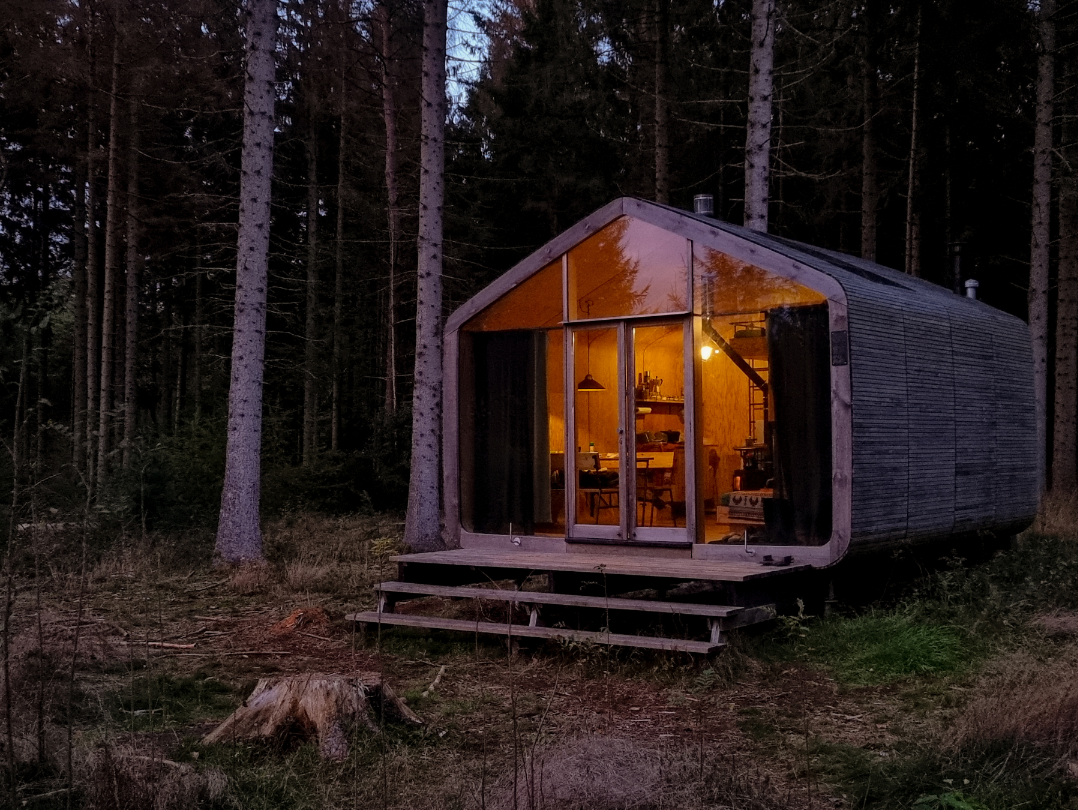
Living off-grid in a tiny home can be a rewarding and fulfilling lifestyle, but it does come with its fair share of challenges. One of the biggest hurdles is effectively providing your home with power and water and managing waste. You can overcome these obstacles with careful planning and preparation and create a sustainable and comfortable off-grid living experience. Here are some practical tips to help you navigate the complexities of off-grid infrastructure for your tiny home:
Energy Options
Providing reliable power to your tiny home is crucial. Solar panels are a popular choice among off-grid homeowners, as they harness the sun’s energy to generate electricity. Solar power is one of many options available; depending on your location and available resources, you can also explore other renewable energy sources, such as wind power or hydropower. It’s worth considering a backup generator or a battery system to ensure an uninterrupted power supply during periods of limited sunshine or low wind activity. Consider consulting with renewable energy professionals to provide the most efficient and cost-effective system for your tiny home.
Water Options
Water is another essential resource to address when living off-grid. Evaluate the rainfall patterns in your region to estimate the viability of rainwater harvesting, which involves collecting and storing rainwater for various uses. This can be achieved by installing a rainwater collection system with gutters, downspouts, and storage tanks. Another option is utilizing well water if a suitable water source is available on your property. Some off-grid homeowners opt for a combination of rainwater and well water to ensure a sustainable water supply. Whichever option you choose, having a reliable filtration and purification system is crucial to ensure the water is safe for drinking and everyday use.
Waste Management
Effectively managing waste is essential for maintaining a clean and healthy environment in your tiny home. Research composting toilets specifically designed for small spaces and consider the maintenance requirements involved. Greywater systems can vary in complexity, so choose one that suits your needs and budget. Both composting toilets and greywater systems help minimize the environmental impact of your waste while maintaining a hygienic living space. Ensure you understand local regulations and environmental considerations when dealing with waste management.
Food Options
Growing your food is a way to become more self-sufficient and a rewarding and sustainable practice. Consider setting up a vegetable garden in your off-grid living space, utilizing raised beds or vertical gardening techniques to optimize space. Fruit trees can provide a fresh source of produce while enhancing the aesthetics of your surroundings. If you have the resources and space, you may even want to explore raising small livestock, such as chickens for eggs or bees for honey. Learning food preservation techniques like canning, drying, or fermenting can help extend the shelf life of your harvested produce, allowing you to enjoy it throughout the year.
Heating and Cooling Options
Maintaining a comfortable temperature inside your tiny home is essential for overall well-being. When it comes to heating, a wood stove or pellet stove can be an efficient and cozy option, especially if you have access to a local source of firewood. These stoves provide warmth and ambiance while reducing your reliance on conventional heating methods. For cooling, passive solar design can be a valuable strategy. By strategically positioning windows and incorporating shading elements such as awnings or trees, you can harness natural airflow and sunlight to regulate the temperature inside your home. Adequate insulation and ventilation are also vital components of temperature control, helping to keep your tiny home cool in summer and warm in winter.
Conclusion
Living off-grid in a tiny home is a journey that requires continuous learning, adaptation, and resourcefulness. By considering these key factors and implementing practical solutions, you can
create an off-grid living experience that is sustainable, comfortable, and enjoyable. While our tips provide a foundation for off-grid infrastructure in a tiny home, it’s important to remember that every situation is unique. Adapt the suggestions to your specific needs and available resources.
Stay connected with off-grid communities, attend workshops, and engage with fellow enthusiasts to exchange knowledge and experiences. Embrace the challenges and joys of self-sufficiency as you create a sustainable lifestyle that aligns with your values and aspirations.
